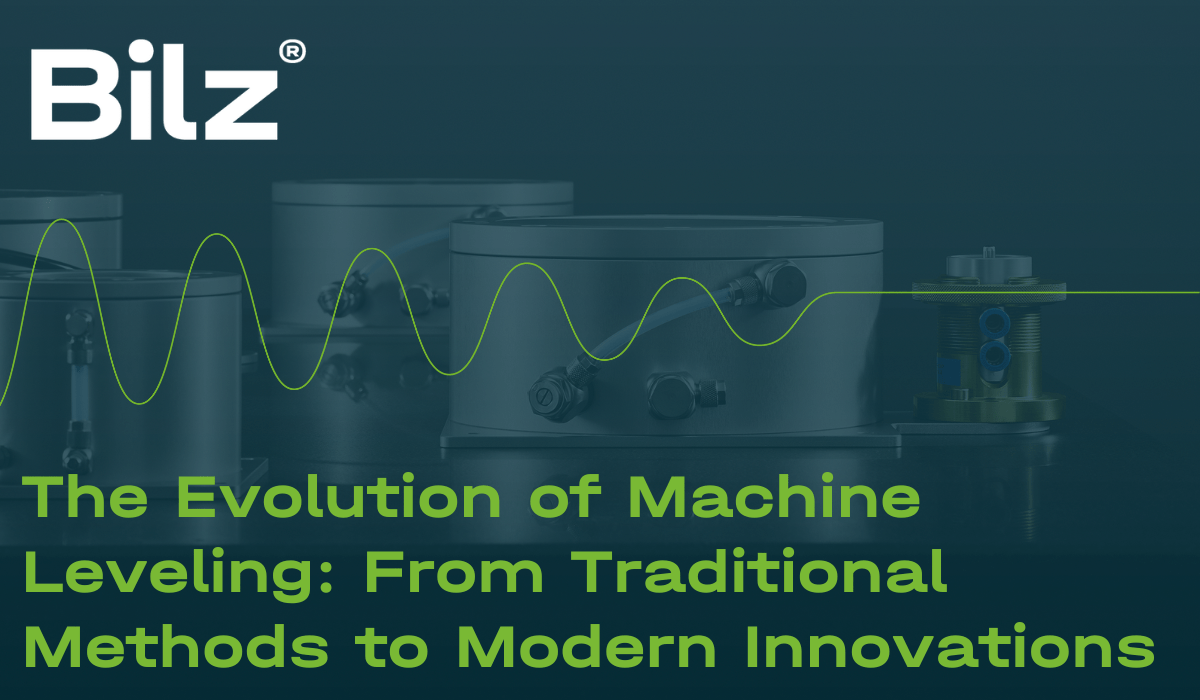

Machine leveling has long been a cornerstone of industrial setup, ensuring that machinery operates efficiently, accurately, and safely. However, the methods and tools used in machine leveling have evolved significantly over the years, moving from simple physical tools and techniques to advanced digital technologies and integrated systems. This blog post explores the journey of machine leveling from its traditional roots to the cutting-edge practices of today, highlighting how these advancements have transformed manufacturing processes.
Historically, machine leveling relied on manual techniques and simple tools. Machinist levels, which are precision instruments designed to measure small deviations from the horizontal plane, were the standard. Operators would use these levels along with physical shims and wedges to adjust machinery to the correct position. This process required a keen eye, a steady hand, and a lot of patience. While effective, these methods were time-consuming and often required multiple adjustments to achieve the desired level of precision.
Challenges of Traditional Methods
To overcome some of the limitations of purely manual leveling, hydraulic jacks and mechanical screws were introduced. These tools allowed for more significant adjustments with less physical effort, improving both safety and efficiency. Hydraulic systems, in particular, could lift and move heavy machinery with precision, allowing for easier insertion of shims and adjustment of machine feet.
The advent of digital technology has revolutionized machine leveling, making it more accurate, efficient, and less labor-intensive.
Laser levels provide a highly accurate, visible line over long distances, making it easier to ensure machinery is level and aligned on all axes. This technology significantly reduces the time needed to level machinery and improves precision.
Software can now take measurements from digital levels and provide real-time feedback and adjustment recommendations. This not only speeds up the leveling process but also reduces the potential for human error.
Some modern machines come with integrated leveling systems that can automatically adjust their position using built-in sensors and actuators. These systems continuously monitor and adjust the machine's level, ensuring optimal performance without manual intervention.
The evolution from traditional to modern leveling techniques has had a profound impact on manufacturing:
The journey from traditional shims and manual levels to laser systems and automated adjustments illustrates the relentless pursuit of efficiency and precision in manufacturing. As technology continues to evolve, the process of machine leveling will undoubtedly see further innovations, continuing to transform the landscape of